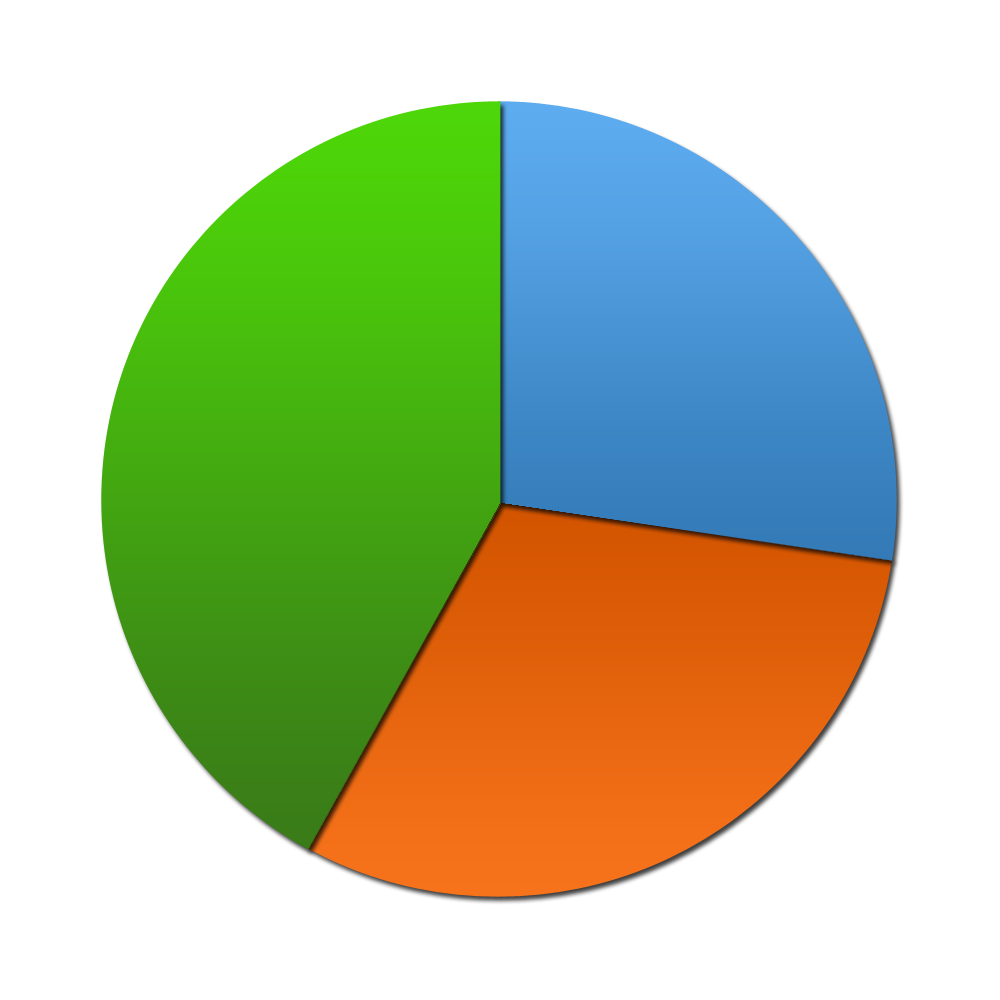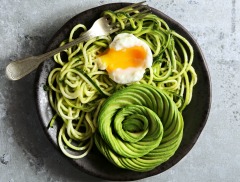Don't just meal plan... meal plan intelligently - with Meal Genius! Sign up for our free newsletter to get delicious recipes, sample meal plans and a whole lot more!
Herbs, Tarragon
Tarragon is widely used in French cuisine - from its appearance in Bearnaise sauce to the commonly used herb medely known as "Fines Herbes".
With it's distinctive anise-like flavor, tarragon is primarily used as a flavoring for vinegar as well as pickles, relishes, prepared mustards, and sauces.
High in antioxidants, tarragon pairs nicely with fish, soups and stews, and is often used in tomato dishes.
Antioxidant Score (ORAC)=15,542
The Benefits
- Special diets: Autoimmune Paleo Diet, Candida Diet, Diabetic, Elimination Diet, Gluten-Free Diet, Gluten-Free/Dairy-Free Diet, Grain-Free Diet, Low Acid Diet, Low Carb Diet, Low FODMAP Diet, Low Histamine Diet, Low Oxalate Diet, Low Starch Diet, Paleo Diet (Light), Paleo Diet (Strict), PCOS Diet, Pescetarian Diet, Primal Diet, Thyroid Diet, Vegetarian Diet, Whole Food
- Excellent Source of:
- Good Source of:
- Preferences: No Fish, No Red Meat, No Pork, No Eggs, No Shellfish, No Gluten, No Nuts, No Seeds, No Soy, No Dairy, No Poultry, No Molds, No Coconut, No Pseudograins, No Citrus, No Nightshade, No Legumes, No Grains, No Corn, No Yeast, No Peanuts, Low Carbohydrate, Low Cholesterol, Low Fat, Low Sodium, Low Sugars, Low Saturated Fat
Related Foods
Selecting and Storing
Look for fresh tarragon, with its narrow, pointed leaves in the summer and early fall. It is also available dried and in powder forms. Store dry tarragon in a cool, dark place for up to six months.









